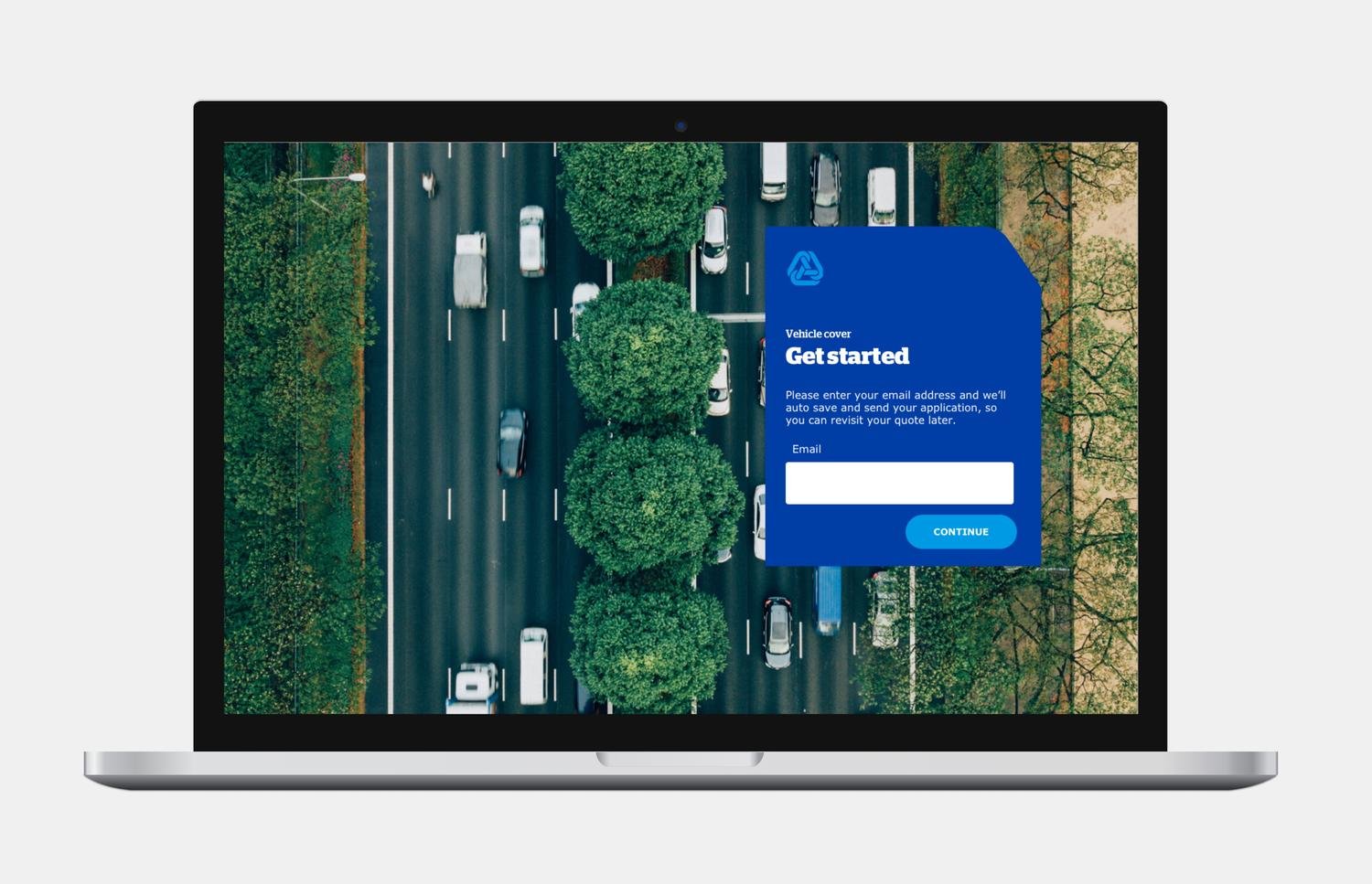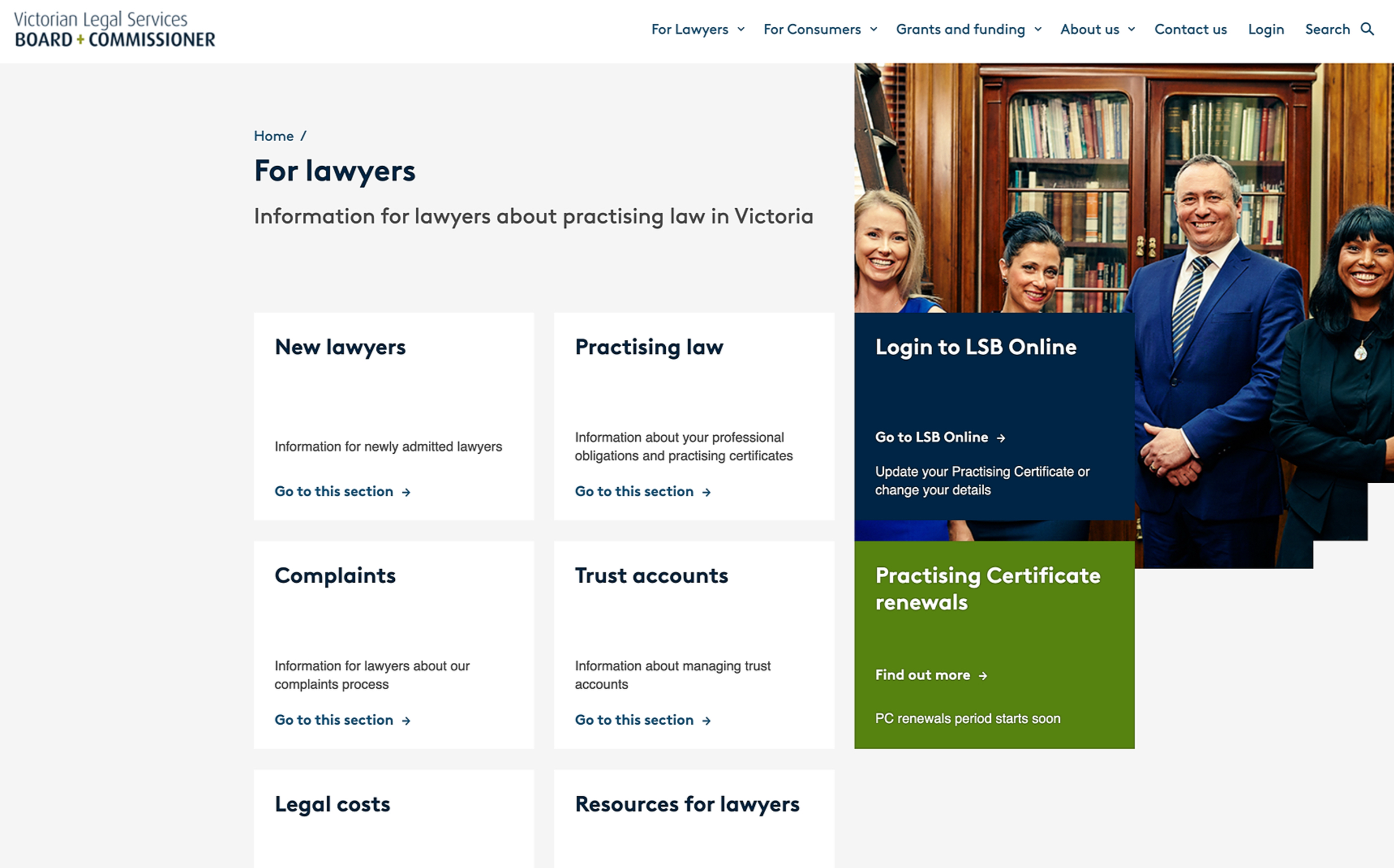BankWest. User Research Transformed Mortgage Pricing Tool
Bankwest, successfully optimized its mortgage pricing request and approval processes by leveraging user-centered design, automation, and data-driven decision-making. This case study explores how Bankwest transformed its pricing processes, resulting in significant improvements in efficiency, accuracy, user satisfaction and business outcomes
Silver Chain. Enhancing In-Home Services through User Research
This case study delves into the transformative journey of Silver Chain's In-Home Care Services, where user navigation and information architecture underwent a remarkable revamp. By harnessing the power of Cluster Analysis and leveraging intelligent information architecture, Silver Chain elevated their care experiences to new heights. Through a deep understanding of user segments, Silver Chain implemented strategic improvements that catered to the unique needs and preferences of their diverse user base.
MyPass Global. Simplifying Personnel Verification with User-Centered Design
MyPass app, a product by MyPass Global, has undergone a meticulous journey of development, guided by a thorough UX case study that encompassed heuristic reviews, stakeholder workshops, market analysis, customer interviews, and rigorous testing. The result is a seamless and secure platform that empowers users to effortlessly manage their certifications and access privileges while offering enhanced security, streamlined functionality, and an unparalleled user experience.
Vodafone. A Case Study in Hypothesis testing for Enhanced Offer Fulfillment
Vodafone introduces its groundbreaking "Prepaid Plus" plan, aiming to replace the previous "Combo" plan. The Prepaid Plus plan offers recharges starting at $30 and includes unlimited national calls and SMS, full-speed data, and Infinite data with unlimited usage at 1.5Mbps speeds. A strategic campaign encourages customer migration to this innovative plan. The article also discusses a heuristic review conducted to identify user experience issues and highlights solutions to improve offer fulfillment. The redesigned landing page and its outcomes are presented, projecting a significant increase in offer fulfillment rates.
Vodafone. A Data-Driven Approach to Enhance Customer Experience
This case study explores the transformative journey of the Vodafone Bundle & Save campaign, with a specific focus on improving customer retention. By leveraging Likert scale measurements and conducting correlation analysis, Vodafone undertook a data-driven approach to enhance the campaign's effectiveness.
Telstra. Enhancing the Order Tracking Experience
In this case study, we explore the utilization of a mixed-methods research approach to enhance the order tracking experience within the MyTelstra App. By combining qualitative and quantitative research methods, Telstra embarked on a comprehensive investigation to gain valuable insights into customer preferences, pain points, and expectations.
Telstra. A UX Case Study on Reducing Drop Rates and Enhancing User Experience
This case study delves into the remarkable journey of MyTelstra Smart Care, a digital solution designed to revolutionise the customer experience. Telstra leveraged innovative technologies and streamlined processes to create a seamless self-diagnostic system.
Coca-Cola Amatil. Focusing on Sustainability and Equality
This case study explores the digital transformation journey undertaken by Coca-Cola Amatil, a leading player in the beverage industry. By embracing innovative technologies and strategic initiatives, Coca-Cola Amatil aimed to revolutionize its operations, supply chain, and customer engagement.
QBE. Streamlining Vehicle Insurance
This UX case study delves into the redesign of QBE's vehicle insurance enquiry process. The project focused on streamlining the user experience, simplifying forms, introducing auto-complete fields, and providing instant quotes. A personalised dashboard and a clear information hierarchy were implemented to improve user management of covers. This case study explores the comprehensive UX improvements that enhanced user engagement and satisfaction.
VLSB+C. A User-Centered Approach to Improved Findability
How to Use the Customer Journey Map Canvas
The Customer Journey Map Canvas is a powerful tool that visualizes the path customers take with your brand, from the first point of contact to the final purchase and beyond. This article delves into the intricacies of using this canvas effectively, ensuring you capture every touchpoint, emotion, and opportunity. Whether you're new to customer journey mapping or looking to refine your approach, this guide will provide actionable insights to enhance your customer experience and drive business growth.
Statistical Analysis for A/B Testing
At the heart of this optimization lies A/B testing, a powerful method that allows companies to compare two versions of a webpage or app against each other to determine which one performs better. However, the true strength of A/B testing doesn't just lie in the test itself, but in the rigorous statistical analysis that follows.
Frameworks to Write and Prioritise Testable Hypotheses in CRO
Using a framework to write testable hypotheses in CRO can help you to develop better hypotheses and to conduct more effective A/B tests. By following the PIES or RICE framework, you can ensure that your hypotheses are specific, measurable, impactful, and falsifiable.
POV, JTBD, and HMW in UX Design: A Comprehensive Guide
As designers, we continually seek methodologies that allow us to delve deeper into user needs, aspirations, and challenges. Among the myriad of tools and frameworks at our disposal, three stand out for their efficacy and user-centric approach: Point Of View (POV), Jobs To Be Done (JTBD), and How Might We (HMW).
The UX Project Canvas: A Comprehensive Guide
The UX Project Canvas is a holistic tool designed to encapsulate the essence of a project, ensuring that design teams remain aligned, informed, and laser-focused on user-centric solutions.
The Importance of Understanding the Customer Journey in Conversion Rate Optimisation (CRO)
In today's digital landscape, businesses are in a constant race to optimize their online platforms to attract, engage, and retain customers. One of the most effective strategies to achieve this is Conversion Rate Optimization (CRO). Central to CRO is the understanding of the customer journey.
The Role of Retro in Design Sprint
In the dynamic realm of design sprints, the concluding retro phase stands as a pivotal juncture. This retrospective is more than just a moment of reflection—it's a deep dive into the sprint's accomplishments, challenges, and learnings.
Embracing Minimum Viable Research in UX Design
In the fast-paced world of large enterprises, where multiple projects run simultaneously, and stakeholder expectations are high, there's a need for agile and efficient research methodologies. Enter Minimum Viable Research (MVR) - a strategic approach that focuses on conducting the least amount of research necessary to produce actionable insights.
Speed Critique in UX Design: Fast Feedback for Better Outcomes
In today's fast-paced design landscape, the value of timely feedback cannot be understated. Enter 'Speed Critique' – a dynamic approach to reviewing designs where brevity meets clarity.
Confounding Variables in Quantitative Studies
In the realm of quantitative research, the pursuit of establishing causal relationships between variables is a fundamental goal. Researchers use statistical methods to analyze data and make inferences about the relationships between independent and dependent variables. However, the presence of confounding variables can complicate this process, leading to inaccurate conclusions.
Let’s Start Something that Matters.
> Get in Touch


















